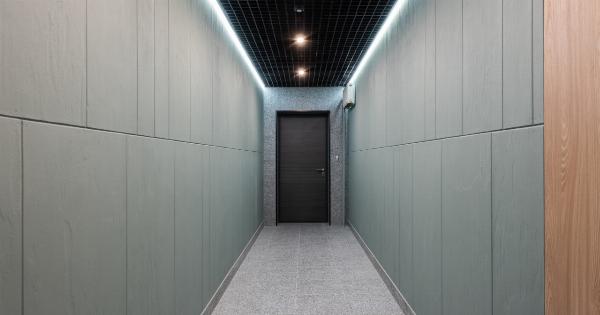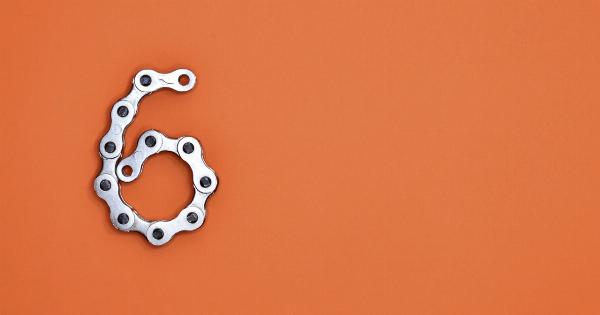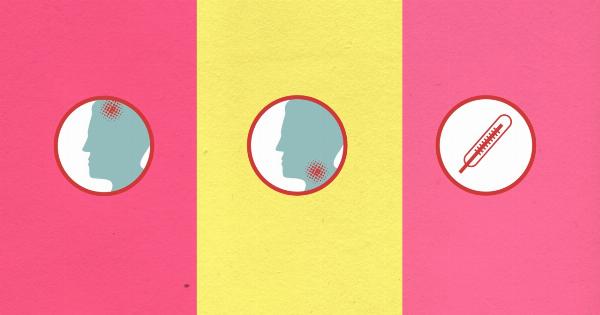It can be difficult to watch your child struggle with a stuffy nose and know how to provide relief. Stuffy noses are common in infants and children, especially during the cold and flu season.
There are several ways to clear a child’s stuffy nose, each with their own benefits and drawbacks.
1. Saline Solution
One of the safest and most effective ways to clear a child’s stuffy nose is by using saline solution. Saline solution is simply a mix of salt and water, and it helps to thin out mucus and improve drainage.
You can make your own saline solution by mixing one-half teaspoon of salt with eight ounces of warm water. Use a bulb syringe or a nasal irrigation bottle to administer the solution one drop at a time to each nostril.
Tilt your child’s head back slightly to allow the solution to run down towards their throat.
Be gentle when using saline solution, as too much pressure can cause discomfort or even damage to the nasal lining.
2. Nasal Aspirators
Nasal aspirators, also known as nasal bulbs, are small suction devices that are used to draw mucus out of a child’s nose. These devices are typically made of rubber or plastic and have a soft, bulb-shaped tip that is placed inside the nostril.
While nasal aspirators can be effective at removing mucus from a child’s nose, they should be used with caution. Too much suction can cause damage to the delicate nasal tissues, and improper cleaning can lead to the growth of harmful bacteria.
3. Humidifiers
Humidifiers can help to relieve a stuffy nose by adding moisture to the air. The added moisture can help to loosen mucus and promote better drainage.
Humidifiers are especially useful when the air in your home is dry or when your child is suffering from a cold or flu.
When using a humidifier, be sure to change the water regularly and clean the unit frequently to prevent the growth of mold and bacteria.
Also, be careful not to over-humidify the air, as too much moisture can lead to other health problems such as mold growth.
4. Steam
Steam can also be helpful in clearing a child’s stuffy nose. Steam can help to moisten the nasal passages and promote better drainage.
There are several ways to use steam to help clear a stuffy nose:.
- Take your child into a steamy bathroom. Run a hot shower and allow the bathroom to fill with steam. Sit with your child in the bathroom, making sure to keep the door closed to trap in the steam.
- Use a warm compress. Soak a washcloth in warm water and apply it to your child’s face. The warmth and moisture can help to loosen mucus and relieve congestion.
Use caution when using steam to relieve a stuffy nose. Be sure that the steam is not too hot, and supervise your child closely to prevent accidents.
5. Over-the-Counter Medications
While over-the-counter medications are available for the treatment of a stuffy nose, they should be used with caution in children.
Many over-the-counter cold and allergy medications contain medications that can cause side effects such as drowsiness, dizziness, and upset stomach.
If you choose to use over-the-counter medications for your child’s stuffy nose, be sure to read the label carefully and follow the recommended dosing instructions.
Also, be sure to check with your child’s doctor before giving any medications to your child.
Conclusion
Clearing your child’s stuffy nose can be done using a variety of methods. Saline solution, nasal aspirators, humidifiers, steam, and over-the-counter medications are all useful tools in the battle against a stuffy nose.
Be sure to choose the method that works best for your child’s needs, and always use caution when administering any form of treatment.





























